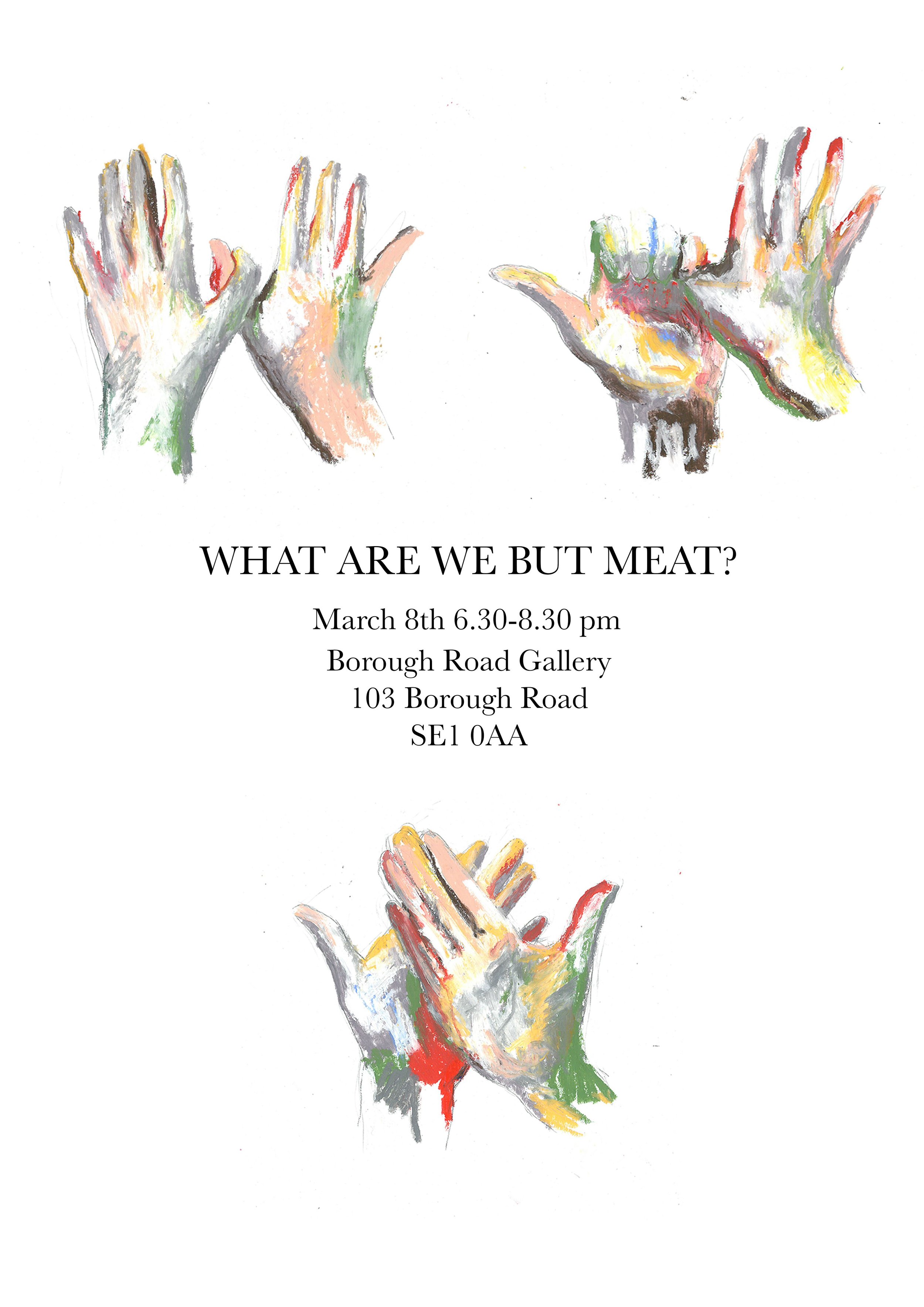Self Portrait, Dorothy Mead (1928-1975)
A close-up shot of an acrylic painting that is a part of "A David Bomberg Legacy - The Sarah Rose Collection".
The painting is the head and shoulders of a woman, Dorothy Mead, who was a British painter. David Bomberg was her long-time teacher and mentor, his style influencing some of her early works, included dense, thick brushstrokes.
David Bomberg was a British painter best known for his rash, experimental works. World War I and its aftermath severely impacted Bomberg, and in the interwar period, he instead began working primarily on more traditional landscape paintings, reminiscent of Post-Impressionist art.
What’s intriguing about this painting is that is doesn’t even look like a portrait of a woman, there are no facial features to help indicate whether it’s a man or a woman. You can only tell what the clothes, hair and skin are, thanks to the colouration. The title of the portrait alongside the artist’s name are what tell us it’s a portrait of a woman.
The thick use of paint is very clear in some areas of the painting, from where the brushstrokes end, as the paint was pushed to the end of their stroke and left there. The blue section of the body which represents the clothing that Dorothy Mead was wearing, looks to by a robe of some kind.
In the close-up shot you can see the strokes of either the paintbrush or the scalpel that was used in transferring the paint onto the canvas. The blue being the boldest colour out of the mixed grays and creams. The blue reminds me of a sea or water coming into a cove, with the mixed grays and creams being the cliffs or ground either side of the section of water. If the grays and creams are acting as the ground and if this was the full painting; then there aren’t many places where the ground would be pale. So, the painting could represent water existing in an unnatural place. The darkest shade of grey separates the blue from the pale colour.
-Fae Morgan, Gallery Intern







